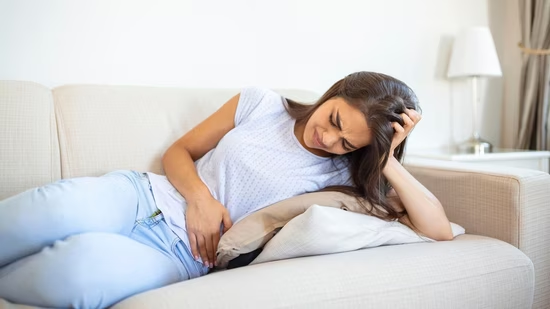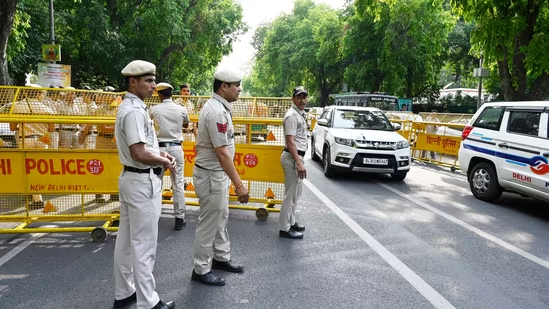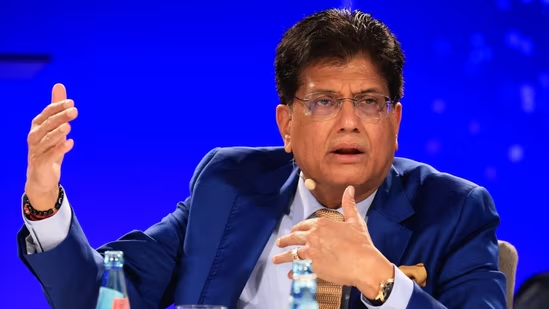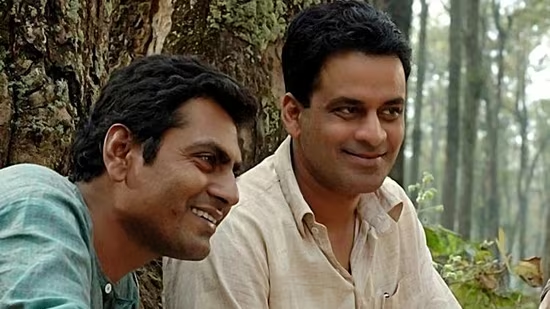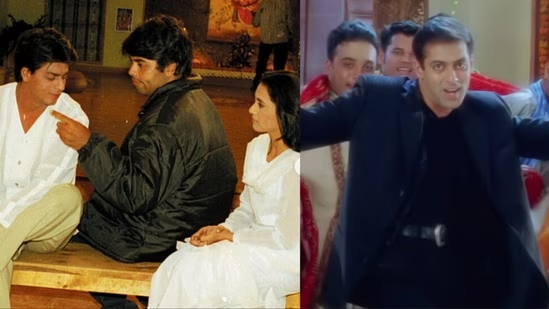Pain is a common baseline symptom in common menstrual disorders, whether it is endometriosis or PCOS. But they show up differently. The pain is different, and the timing, intensity and type help to tell them apart. With relatively little open discourse around female reproductive health, it is important to distinguish these finer nuances so that one can understand more about their menstrual health conditions, which ultimately matters for timely diagnosis as well.
HT Lifestyle reached out to experts to understand how PCOS and endometriosis differ in terms of cramps and how social media may be contributing to the spike in PCOS cases among teens and more.
Dr Anshumala Shukla-Kulkarni, head of minimally invasive gynaecology, gynaecology laparoscopic and robotic surgery at Kokilaben Dhirubhai Ambani Hospital, shared with us about the basic clinical differences between PCOS and endometriosis.
She said, “PCOS is characterised by irregular periods, infertility, acne, excessive body hair, hair loss on the scalp, and weight gain. Many women also show signs of insulin resistance, skin darkening on the neck and skin folds, and a higher risk of early diabetes. PCOS is diagnosed using a combination of blood tests, ultrasound, and clinical symptoms.” In fact, as per Dr Kulkarni, PCOS is one of the most common hormonal disorders affecting women of reproductive age.
Now, onto the other condition, endometriosis, Dr Kulkarni clarified, “Endometriosis, on the other hand, is a systemic inflammatory condition where tissue similar to the lining of the uterus grows outside it, often around the ovaries, fallopian tubes, bladder, or bowel. It is also a leading cause of infertility and can take years to diagnose due to overlapping symptoms with common period cramps.”
How are PCOS and Endometriosis period pain different?

“While both conditions can involve pelvic pain, the nature and timing differ. Unlike PCOS, endometriosis is known for severe, often debilitating pain during periods, urination, bowel movements, or even intercourse. Endometriosis-related pain often begins before periods, continues after, and can require multiple painkillers or injections to manage. In contrast, PCOS pain is generally milder and tied to heavy or delayed periods, ” Dr Kulkarni differentiated.
Flagging cyclical pain as one of the key primary concerns, Dr Kulkarni shared that when pain worsens in multiple areas like the pelvis, back, and bladder, along with major disruption in daily life, one should get it checked, especially when trying to conceive.
Diagnosis and management strategies

Dr Kulkarni further elaborated on the diagnosis and treatment. Hormonal tests and pelvic ultrasound help detect PCOS, but diagnosing endometriosis is much more complex. While ultrasound can detect ovarian cysts (endometriomas), it often misses deeper lesions. For this reason, as per Dr Kulkarni, MRI and diagnostic laparoscopy may be required.
It is important to spread awareness as these two conditions have far-reaching consequences, as she added, “Both conditions can have far-reaching effects beyond the reproductive system. PCOS increases the risk of metabolic disorders, infertility, and even endometrial cancer. Endometriosis, due to years of misdiagnosis and chronic pain, can lead to depression, anxiety, and social withdrawal.”
For better management, she suggested clean eating, stress control, and regular workouts for PCOS and an anti-inflammatory diet including flaxseeds, walnuts, and leafy greens, along with yoga and movement for reducing endometriosis flare-ups.
Social media increases the risk of PCOS

With PCOS being one of the most common reproductive issues lately, let’s take a closer look at one of the unconventional, yet unsurprising, factors contributing to it. Dr Nidhi Sharma Chauhan, Obstetrician and Gynaecologist at Saifee Hospital, Mumbai, shared how social media indirectly increases the risks of PCOS. Social media takes up most of the screen time among teens.
She said, “There is a rise in the PCOS amongst teenage girls in the recent years and what social media may have to do with this is, well, indirectly, if kids are watching too much of a device or being on the social media too much, that obviously means that their physical activity is a little compromised and that itself, physical inactivity itself can lead to the development of metabolic problems. So that is one way. Second, social media sometimes may not convey a correct message as to the giving the importance of having an active lifestyle where exercise is very important each and every day.”
Further, Dr Chauhan elaborated on social media’s innate predisposition to expose teens to unrealistic beauty standards, which in turn encourages them to incorporate cosmetics into their routine to look ‘good’ like them. The chemicals in these products often contain endocrine-disrupting agents that can disturb hormonal balance and contribute to PCOS. She emphasised the need for proactive intervention from parents to help children understand and make informed choices.
Media choice makes a big difference
So is the solution taking away phones from your teens? No, as this is where the choice of what type of media a teen is consuming is also important, something that inspires action rather than passive consumption. Instead of doomscrolling memes or keeping tabs on their influencers’ latest GRWM reels, young teens should be advised to choose inspirational content.
Sidhhant Agarwal, Co-founder and CEO of SportVot, recommended that one of the content types is watching grassroots-level sports content. that can actually motivate the youth to get off their screens and head to the fields
He said, “In an age of endless scrolling, where algorithms often serve passive entertainment, watching grassroots sports content offers a refreshing and active alternative. Unlike highly polished, commercial broadcasts, grassroots-level coverage brings raw, relatable stories of young athletes, local tournaments, and community passion. It bridges the gap between viewer and doer, showcasing that sport isn’t just for professionals, but for everyone. For youth, this kind of content feels closer to home. It doesn’t just inspire admiration, it sparks participation. When they see someone their age, from a similar background, performing on a real field, not a curated reel, the message is clear: You can do it too.”
The other dangerous media addiction, other than social media, is gaming, which also has similar repercussions on health because of long hours of sitting. Siddhant added, “With screen time on the rise, from online gaming to fantasy leagues, only a handful of the young audience are going on-ground to play. The culture of watching grassroots sports helps to reverse this trend by encouraging the youth to become real athletes and move from screen-time to play-time, thereby promoting a more active and balanced lifestyle.”
As physical activity is vital in managing female hormonal disorders, encouraging healthier media consumption over passive scrolling can make a whole lot of difference.
